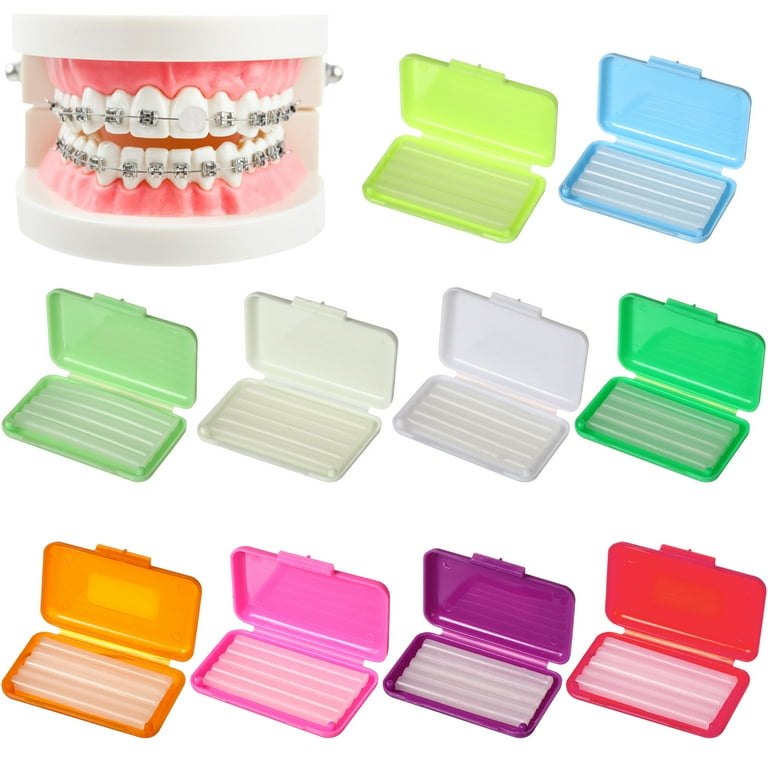How Cumming Orthodontics Can Transform Your Smile with Invisalign and Braces
How Cumming Orthodontics Can Transform Your Smile with Invisalign and Braces
Blog Article
Comprehensive Guide to Orthodontics Treatments for Correcting Dental Imbalances
Comprehending the intricacies of each treatment, including their mechanisms, advantages, and prospective drawbacks, is vital in making informed choices regarding one's orthodontic treatment. As we browse through the detailed guide to orthodontic procedures for remedying dental misalignments, the detailed details of each technique will certainly unravel, dropping light on the path toward a unified and functional dental positioning.
Orthodontic Procedures Review

In enhancement to traditional braces and clear aligners, orthodontists may also advise other treatments like headwear, palatal expanders, or retainers to deal with specific positioning problems (orthodontics). These procedures are customized per patient's distinct requirements and may involve a combination of treatments to achieve the desired results. Normal adjustments and tracking are crucial parts of orthodontic therapy to guarantee progress is on track and to make any type of required modifications along the road. By undertaking orthodontic procedures, people can not only attain a straighter smile yet additionally improve their total dental health and function.
Traditional Dental Braces: Exactly How They Function
When thinking about orthodontic treatments for oral misalignments, traditional braces stand apart as a reliable method for fixing teeth positioning. Standard dental braces contain brackets, cords, and bands that collaborate to apply continual pressure on the teeth, gradually relocating them into the preferred placement. The brackets are connected to the teeth utilizing an unique adhesive, and the wires are threaded with the braces. By readjusting the stress of the cords, orthodontists can control the direction and force used to each tooth, guiding them into proper alignment in time.
As pressure is used to the teeth with the braces, the bone bordering the teeth is reshaped to sustain the new tooth placements. Patients will certainly need normal modifications at the orthodontist's workplace to make sure the braces proceed to use the appropriate pressure for reliable teeth movement.
Invisible Aligners: Advantages And Disadvantages
These clear, tailor-made trays are basically invisible when used, making them an attractive alternative for people seeking a more visually pleasing orthodontic therapy. Individuals can get rid of the aligners prior to consuming or cleaning their teeth, reducing the risk of food getting stuck in the home appliance and simplifying the cleaning procedure.

Surgical Orthodontic Options
Surgical interventions in orthodontics present practical alternatives for resolving complicated dental imbalances that may not be properly fixed with conventional orthodontic therapies. While traditional dental braces and unnoticeable aligners can fix lots of orthodontic issues, specific cases need medical intervention to attain optimal results. Surgical orthodontic options are normally recommended for serious malocclusions, substantial jaw discrepancies, and instances where the underlying bone framework needs modification to achieve appropriate placement.
One common surgical orthodontic treatment is orthognathic surgery, which includes rearranging the jaws to correct useful issues such as difficulty talking or chewing. This surgery is commonly done in partnership with an orthodontist that assists straighten the teeth prior to and after the procedure. Surgical orthodontics might additionally involve procedures to subject influenced teeth, remove excess gum tissue, or reshape the jawbone to produce an extra unified facial profile.
Before thinking about medical orthodontic choices, people go through a detailed analysis to determine the necessity and potential benefits of such interventions. orthodontist. While surgical treatment may appear daunting, it can considerably improve both the function and aesthetic appeals of the smile in situations where standard orthodontic therapies drop short
Retainers and Post-Treatment Treatment

Post-treatment care involves adhering to the orthodontist's instructions vigilantly. This may consist of correct dental hygiene methods, going to follow-up appointments, and wearing the retainers as suggested. Failing to abide by post-treatment care directions can result in relapse, where the teeth gradually return in the direction of their original positions. Constant retainer wear, good dental health, and normal oral examinations are necessary for maintaining the outcomes attained with orthodontic surgical treatment and ensuring the lasting stability of the dealt with dental placement.
Conclusion
In conclusion, orthodontic procedures provide different choices for remedying oral misalignments. Surgical orthodontic alternatives are readily available for more severe misalignments. Overall, orthodontic procedures can effectively improve dental health and wellness and visual appearance.
As we navigate with the detailed guide to orthodontic treatments for correcting dental imbalances, the complex details of each technique will unfold, shedding light on the course towards a useful and harmonious dental positioning. - cumming braces
One of the most usual orthodontic therapies is the use of braces, which consist of steel braces and cables that apply mild stress to slowly shift teeth right into the wanted placement.When considering orthodontic therapies for oral imbalances, traditional dental braces stand out as a tried and true approach for remedying teeth placing. In addition, unnoticeable aligners may not be appropriate for complex orthodontic problems that need more substantial teeth movement, as they are typically advised for helpful resources moderate to moderate situations. Retainers are customized orthodontic devices designed to hold teeth in their fixed placements click for info after the conclusion of orthodontic treatment.
Report this page